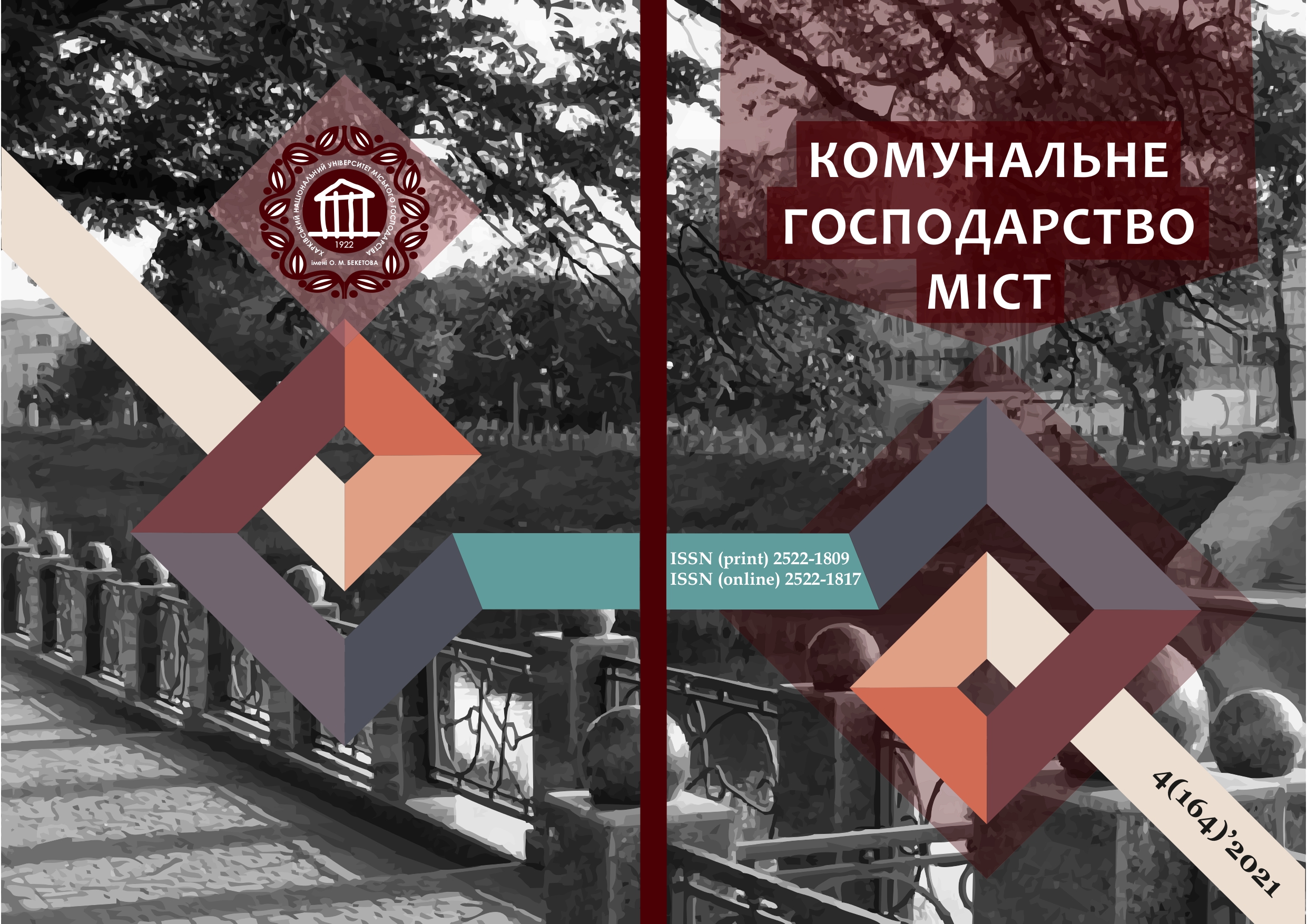COMPARATIVE ANALYSIS OF MODERN ELECTRONIC GEODESIC DEVICES
Array
Keywords:
analysis, geodesy, instruments, total station, GNSS receiver, Leica TS09 plus 1Abstract
Modern geodetic equipment is developing very rapidly. There is a growing need for modern surveying instruments with modern electronics. These devices differ not only in model number, but also in fundamentally new technological solutions.
The latest software is used in the devices themselves and in the processing of geospatial data. It provides more opportunities to automate the process of creating terrain models and the implementation of non-standard geodetic tasks.
Therefore, now characteristic of the development of modern geodetic equipment is not to increase the accuracy of measurements, but to optimize the workflow using these devices. This is achieved through the development of hardware and software of these devices.
This work is devoted to the comparative analysis of modern electronic geodetic instruments on the basis of specific instruments: total stations and GNSS receivers.
The study uses methods: observation - to get acquainted with modern surveying equipment, comparison - to determine the technical features of modern electronic surveying instruments, analysis - to identify trends in modern electronic surveying instruments, sampling - to select instruments that will characterize their categories.
A comparative analysis of modern geodetic instruments on the example of total stations Leica TS09 plus 1 "R500, Leica Nova MS60 1" and GNSS receivers GNSS Leica GS08Plus, Leica GS18 I was carried out to determine trends in modern electronic geodetic instruments.
Thus, from this analysis follows a certain pattern. It is that there is no race for the accuracy of instruments - modern instruments have a very high accuracy. There is also a new trend in the technological development of geodetic instruments in the direction of increasing functionality and automation.
References
2. Chibіryakov, V., Staroverov, V., Nіkіtenko, K. (2019) Simulation of the accuracy of geodesic observations in the condition of monitoring of the state of main gas pipes. Engineering geodesy, 67, pp. 22–34. DOI: https://doi.org/10.32347/0130-6014.2019.67.22-34
3. Kukhtar, D.V. (2016) Geodetic control for aerial gas pipeline crossing using total stations in DR mode. (PhD Dissertation). Lviv Polytechnic National University, Ukraine.
4. Kovačiča, B., Kamnika, R., Pustovgarb, A., Vatin, N. (2016) Analysis of Precision of Geodetic Instruments for Investigating Vertical Displacement of Structures. Procedia Engineering, Vol. 165, pp. 906–917. DOI: http://dx.doi.org/10.1016/j.proeng.2016.11.800
5. Mrówczyńskaa M., Sztubeckib J., Greinert A. (2020) Compression of results of geodetic displacement measurements using the PCA method and neural networks. Measurement, Vol. 158. DOI: https://doi.org/10.1016/j.measurement.2020.107693
6. Leica flexline TS02/TS06/TS09 User Manual. Leica Geosystems AG. 2012. 310 p.
7. Leica MS60/TS60 User Manual (2016) Leica Geosystems AG. 90 p.
8. Leica GS10/GS15 User Manual (2015) Leica Geosystems AG. 158 p.
9. Leica GS18 User Manual (2020) Leica Geosystems AG. 56 p.
Downloads
Published
How to Cite
Issue
Section
License
The authors who publish in this collection agree with the following terms:
• The authors reserve the right to authorship of their work and give the magazine the right to first publish this work under the terms of license CC BY-NC-ND 4.0 (with the Designation of Authorship - Non-Commercial - Without Derivatives 4.0 International), which allows others to freely distribute the published work with a mandatory reference to the authors of the original work and the first publication of the work in this magazine.
• Authors have the right to make independent extra-exclusive work agreements in the form in which they were published by this magazine (for example, posting work in an electronic repository of an institution or publishing as part of a monograph), provided that the link to the first publication of the work in this journal is maintained. .
• Journal policy allows and encourages the publication of manuscripts on the Internet (for example, in institutions' repositories or on personal websites), both before the publication of this manuscript and during its editorial work, as it contributes to the emergence of productive scientific discussion and positively affects the efficiency and dynamics of the citation of the published work (see The Effect of Open Access).

